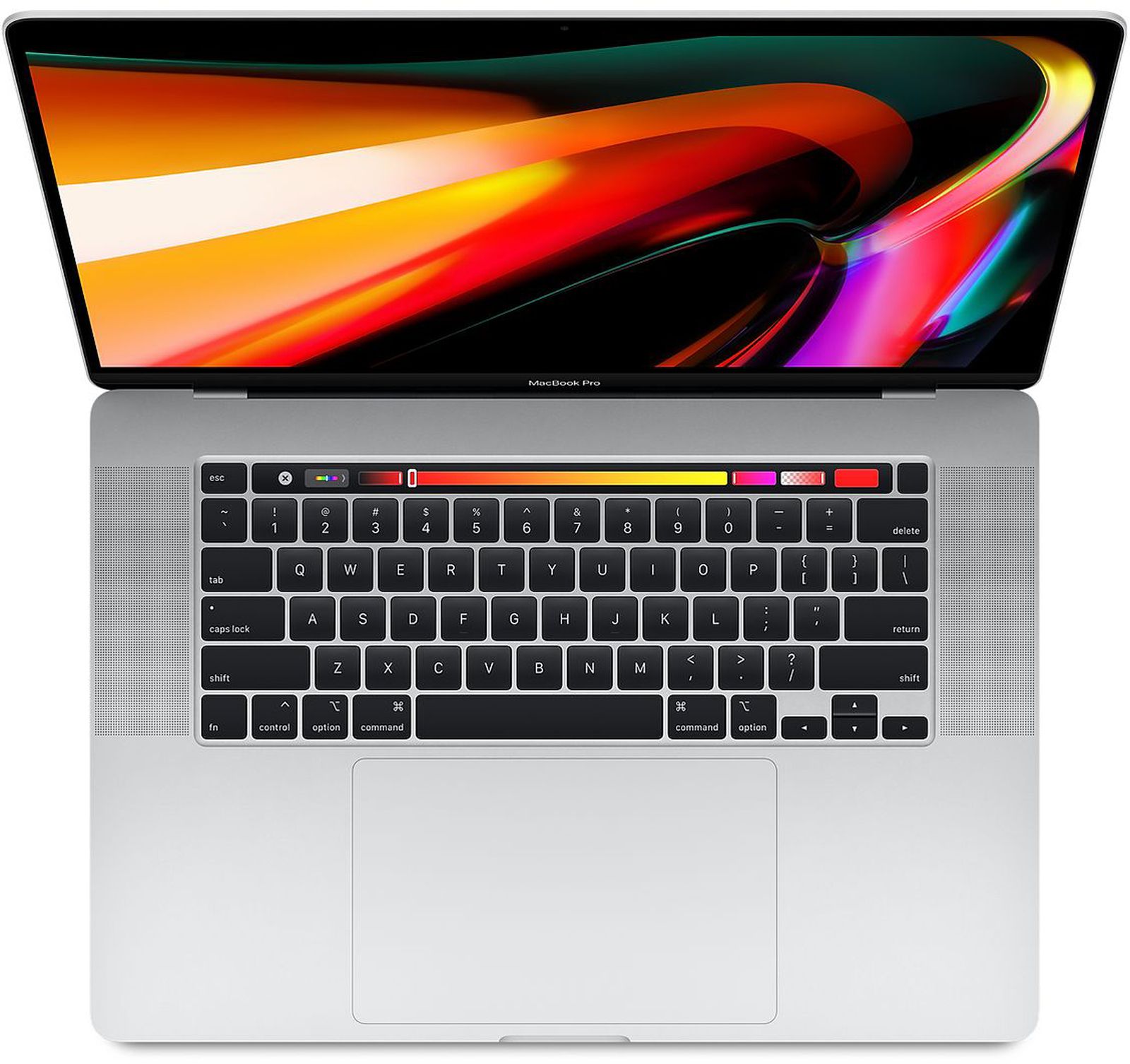Also there have been cases where a benchmarked A15 actually doesn't beat x86 even at power consumption.
That is a 6-year-old article comparing 6-year-old ARM processors with an Intel processors (Atom) that has since been discontinued because it couldn't compete with ARM in the mobile space... It also ignores the effect of multiple cores and extra on-chip acceleration technology where ARM has an advantage (as far as I can see, the article doesn't even cite what systems they tested... because RAM quantity/speed or thermal constraints don't affect performance... right?).
It's more that I don't see how it can replace a MacBook Pro yet...
The Apple A12/A13 are designed for tablets and phones and
won't replace a MacBook Pro - even the rumours are suggesting a 12-core (8 high-power, 4 low-power) chip, and a 'by 2021' launch (
https://www.macrumors.com/2020/04/23/12-core-arm-macs-2021-report/) - and yes, its quite possible that the date will slip thanks to the infernal virus.
Once the "lock" was lifted, it could technically run anything. The problem was... there was nothing available that could run like that outside of dev environments at the time.
Well, yes, because no commercial developer is going to lift a finger to produce software that can only be run on unofficially jailbroken tablets produced by a manufacturer that had
already crashed and burned in the mobile market.
2. Others have tried to produce desktop environments on ARM that could become "alternatives" to the regular Windows/Linux/Mac platforms, and... they have all failed to some degrees.
Mainly, insofar as they
have failed, that's because Apple got their first with iOS and the iOS App Store - not "because ARM". Not that Android and Chromebook have exactly failed. Microsoft's problem is that they have three unique selling points: (1) Windows runs on cheap, commodity PC hardware and (2) Windows has a vast, end-of-argument range of software and (3) a huge user-base familiar with the Windows UI. Windows RT broke all three of those, and suddenly it was competing on a level playing-field with iOS and Android. Oops.
I personally really love the Raspberry PI, but it's not my main desktop device and I can't see how I'd be able to convince my grandpa to use it over his beloved Mac.
The Raspberry Pi costs $35 (or maybe ~$100 by the time you've added a case, PSU, keyboard etc.) and was designed around industry-surplus set-top-box processors with the prime objective being an ultra-cheap computer that you or the kids could mess around with and not cry too much if you let the magic smoke out... yet most of the major open source Linux/Unix packages run fine
mostly because they just needed minor tweaks and re-compiling.
(Actually, the big problems with the Raspberry Pi are to do with cost-cutting rather than processor architecture - e.g. until the latest version, nearly all of the I/O went through the bottleneck of a
single - and somewhat flakey - USB *2* port. Plus, having a SC card as the system disc isn't a great idea in a desktop/laptop replacement - although it makes sense for a 'maker' machine like the Pi)
I don't know if they can still design hardware efficiently at home, so we'll see if this impacts anything in terms of timeline and overall readiness of whatever their next platform may be.
...well, yes, the current situation puts a question mark on every timeline. A
lot of modern hardware development - especially chip design - is done via computer simulation, though (even the original ~1986 ARM was designed that way, and the hardware famously worked first time).
Ultimately - you're tending to assume that Apple will suddenly say "one more thing" and spring an overnight, across-the-board switch to ARM using hardware and software that is available today. That would be breathtakingly stupid (or deliberate constructive dismissal of the Mac), even by butterfly keyboard or Apple Maps standards. While we're still speculating on the feasibility are rumours I'm going to credit Apple with
some sense (and some of the more recent Mac releases suggest that Apple have wised up and transferred some of the lunatic fringe to the XDR display stand and Mac Pro wheel department).



